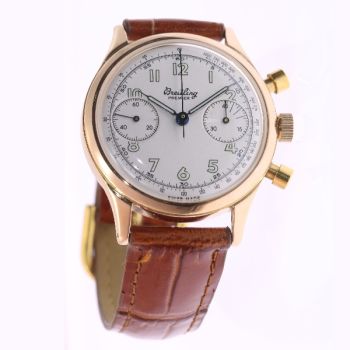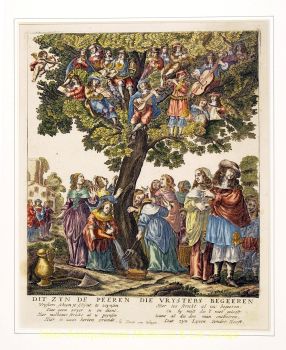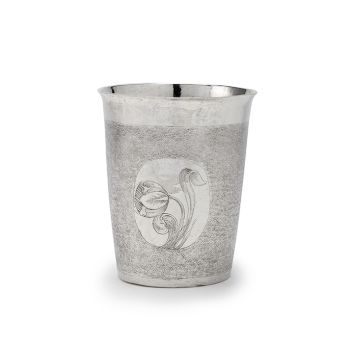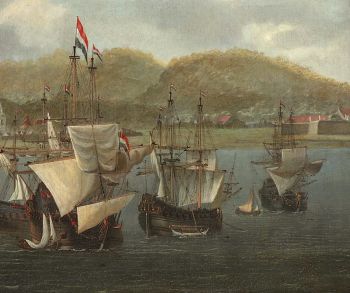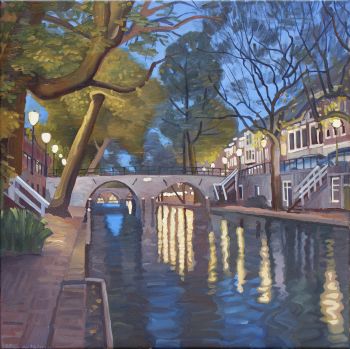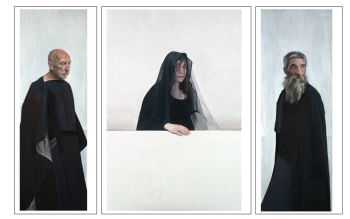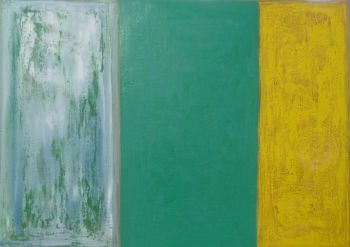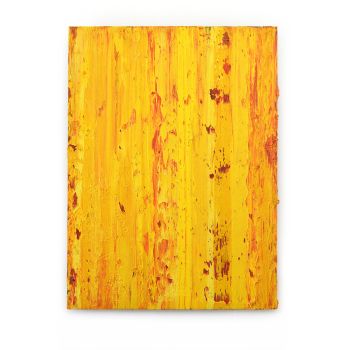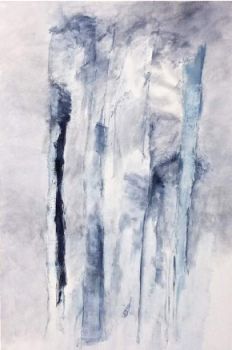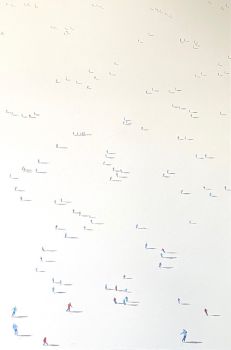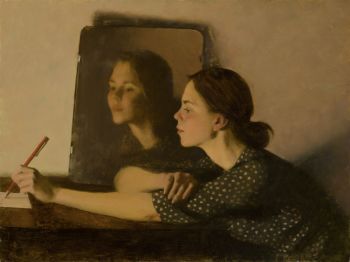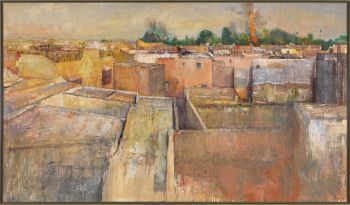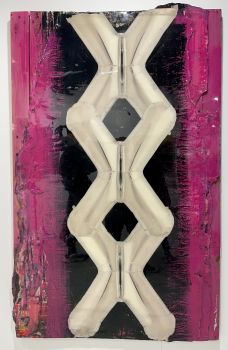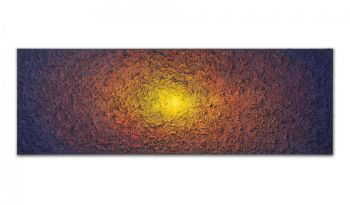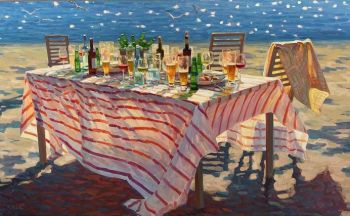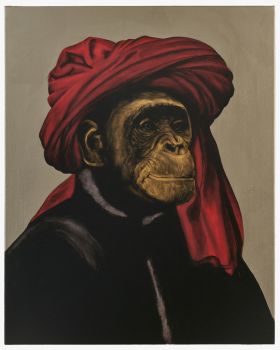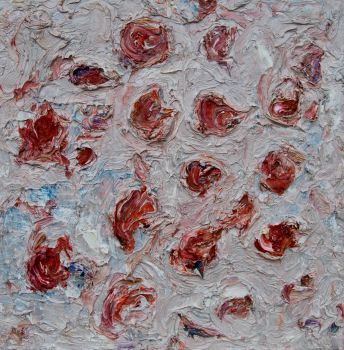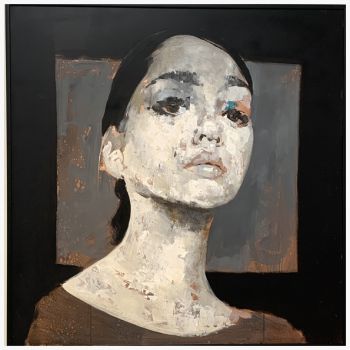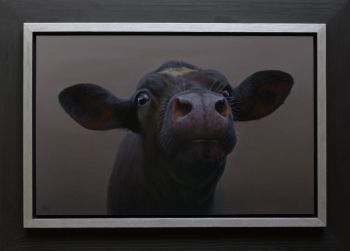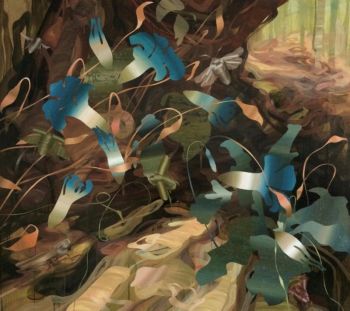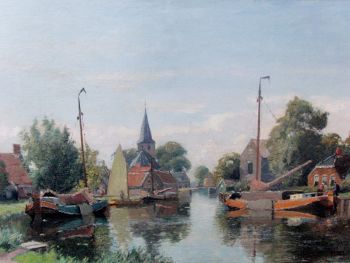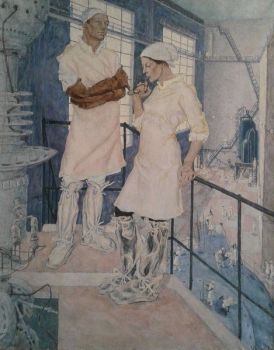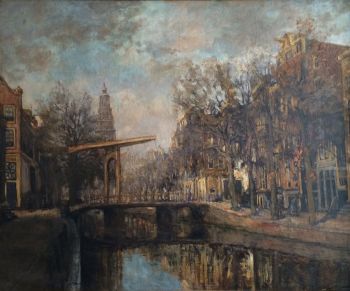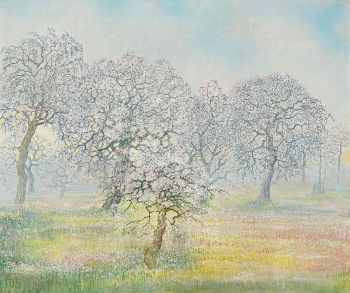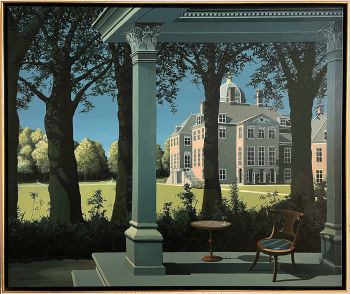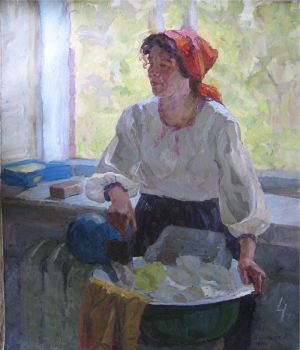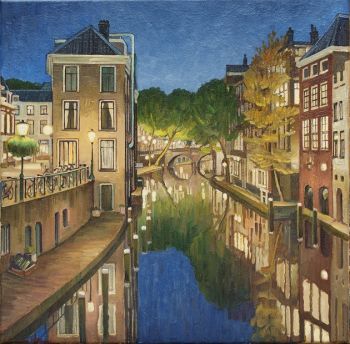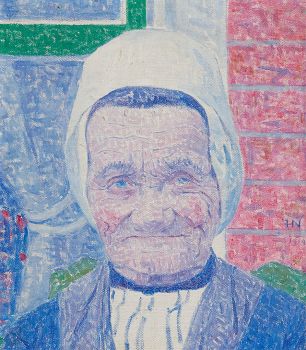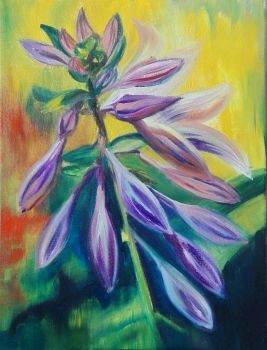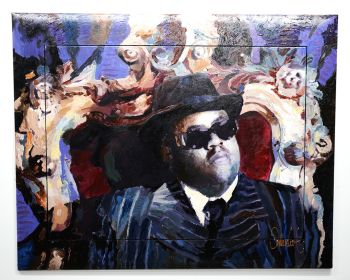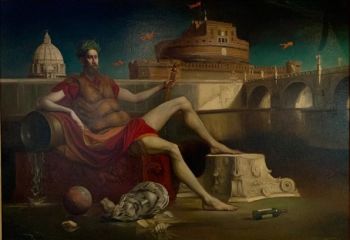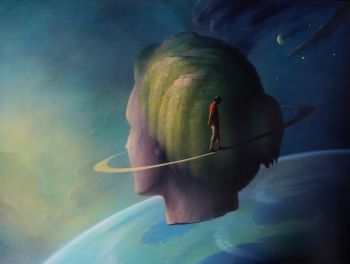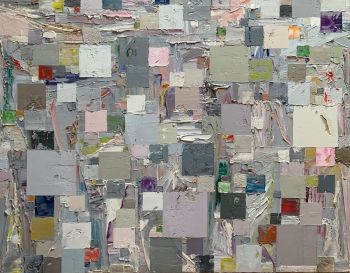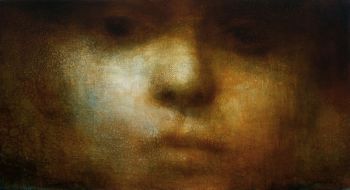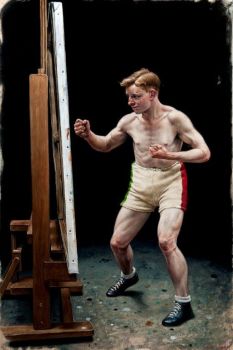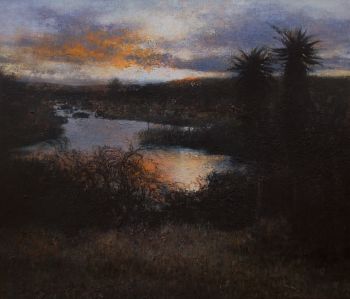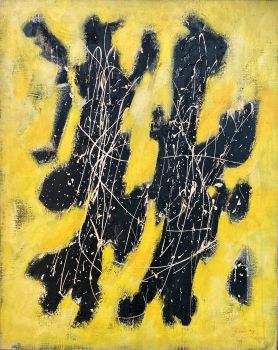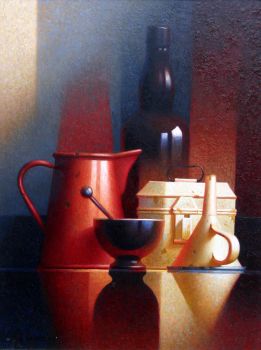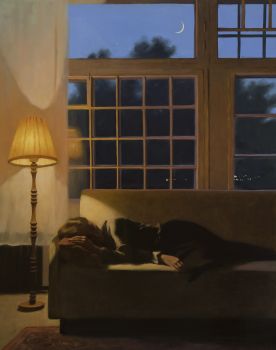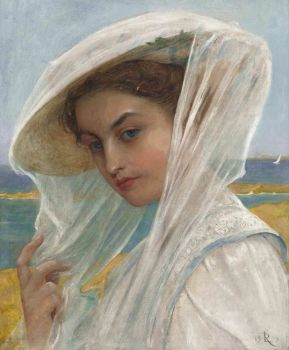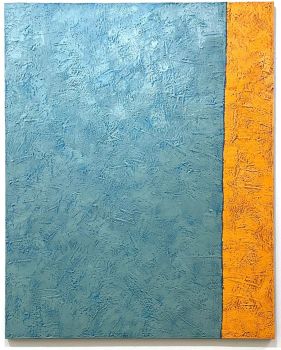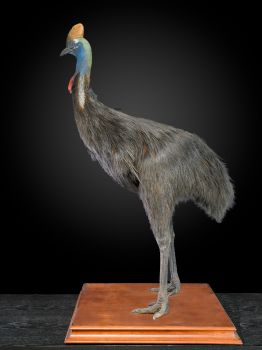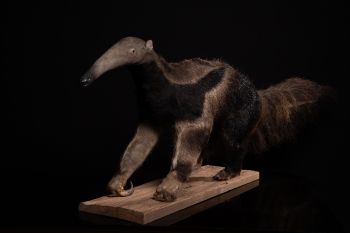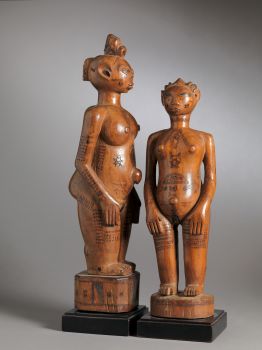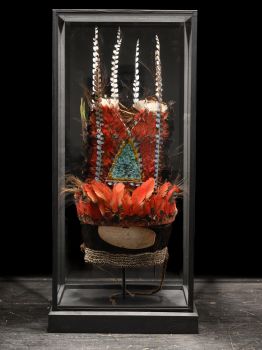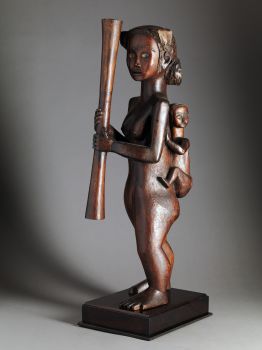16th C Portraits of Sultans Murad III (1546–1595) and Isa Celebi (died in 1403), identities inscribe 1580 - 1600
Onbekende Kunstenaar
Origineel olieverf op doek
95 ⨯ 76.50 ⨯ 2.90 cm
ConditionVery good
€ 96.000
Spectandum Gallery
- Over kunstwerkThe capture of Constantinople in 1453 by the young Mehmed II ("The Conqueror") not only sparked this interest, but the young sultan himself, who invited European painters to his court, also fueled this trend. The period following his reign saw relations between the Republic of Venice and its powerful neighbor reach a state of relative calm, initiating a period of exchanges and trade. Situated at the crossroads of East and West, the Ottoman Empire absorbed a wide range of influences, including Chinese, European, and Persian, to produce a distinctive and cohesive artistic language across a range of decorative arts with elements both rococo and baroque, marked by an increasingly open attitude towards all things European. The production of Orientalist paintings is rich in topographical landscapes of Istanbul, genre scenes, and portraits of notable Ottomans.Europe's fascination with its powerful Muslim neighbors inspired a wave of narratives and paintings about the Ottoman world. The two portraits of Sultans Murad III (1546-1595) and Isa Celebi (died in 1403), depicted in three-quarters view and wearing large turbans and richly embroidered cloaks, were directly influenced by the paintings of Paolo Caliari, called Paolo Veronese. The original series of fourteen portraits of Ottoman sultans by Veronese inspired the creation of several painted decorations between the late 16th and 19th centuries. The paintings served as significant diplomatic gifts.
A complete set, executed by one of Veronese's disciples, is now in the Collection Bayerische Staatsgemäldesammlungen, Munich (inv. No. 2243) (R. Kultzen and P. Eikemeier, Venezianische Gemalde des 15. Und 16. Jahrhunderts, Bayerische Staatsgemäldesammlungen, Munich, 1971, pp.236-9). It is worth noting a set of portraits kept at the Topkapi Palace in Istanbul, which were shipped from Venice to Istanbul in September 1779. They were most likely the result of a request from the Grand Vizier Sokollu Mehmed Pasha, who wished to establish a local genealogy of the Sultans, to Niccolò Barbarigo, the Venetian ambassador to Constantinople, for such works. Paolo Giovio (1483-1552), the Italian historian and biographer, is also known to have owned a series of portraits of Ottoman sultans that he commissioned based on a group of miniatures that Barbarossa, the admiral of Suleiman the Magnificent, offered to a French commander in gratitude in 1453. Only one painting from this series still exists, depicting Sultan Mehmed I (now in the Archaeological Museum of Como). In addition to the complete sets in Munich and Istanbul, at least two fragmentary sets of sultan portraits exist in the Topkapi Palace. Literature :
F.Çağman, "The Sultan's Portrait: Picturing the house of Osman", Topkapi Palace Museum, Istanbul, June 6-September 6, 2000, Istanbul, Işbank, 2000). https://www.sothebys.com/en/buy/auction/2022/royal-noble/the-newbattle-turks-a-set-of-6-historical - Over kunstenaar
Het kan voorkomen dat een kunstenaar of maker onbekend is.
Voor sommige werken is het niet te bepalen door wie het gemaakt is of dat het is gemaakt door (een groep) ambachtslieden. Voorbeelden zijn beelden uit de Oudheid, meubels, spiegels of handtekeningen die vaak niet duidelijk of leesbaar zijn. Maar ook sommige werken zijn helemaal niet gesigneerd.
Ook kunt u de volgende beschrijving vinden:
•"Toegeschreven aan …." waarschijnlijk een werk van de kunstenaar maar niet zeker of gedeeltelijk
•“Atelier van ….” of werkplaats van” een werk uitgevoerd in het atelier of atelier van de kunstenaar, eventueel onder zijn toezicht
•“Cirkel van ….” een werk uit de periode van de kunstenaar die zijn invloed laat zien, nauw verbonden met de kunstenaar maar niet noodzakelijkerwijs zijn leerling
•“Stijl van ….” of “Volger van ….” een werk uitgevoerd in de stijl van de kunstenaar, maar niet noodzakelijk door een leerling; kan eigentijds of bijna eigentijds zijn
•“Wijze van ….” een werk in de stijl van de kunstenaar maar van latere datum
•"Na …." een kopie (van welke datum dan ook) van een werk van de kunstenaar
•“Getekend…”, “Gedateerd….” of “Ingeschreven” dan is het werk gesigneerd/ gedateerd/ ingeschreven door de kunstenaar. De toevoeging van een vraagteken duidt op een element van twijfel
•"Met handtekening ...", "Met datum ...", "Met opschrift..." of “Draagt signatuur/datum/opschrift” dan is de handtekening/datum/opschrift toegevoegd door iemand anders dan de kunstenaar
Bent u geïnteresseerd om dit kunstwerk te kopen?
Artwork details
Related artworks
Onbekende Kunstenaar
17e eeuwse Hollands zilveren beker1653 - 1677
Prijs op aanvraagJacob J. Roosjen SRI
1 - 4 / 12- 1 - 4 / 24
- 1 - 4 / 24
- 1 - 4 / 9














